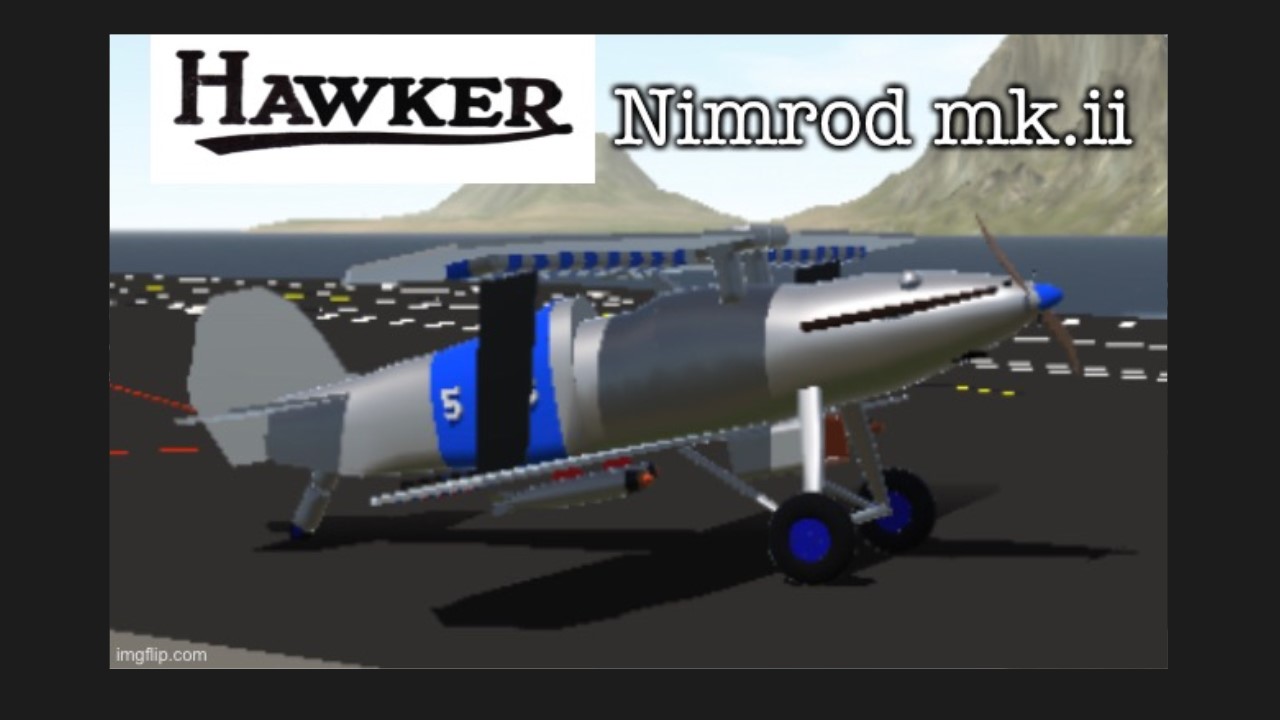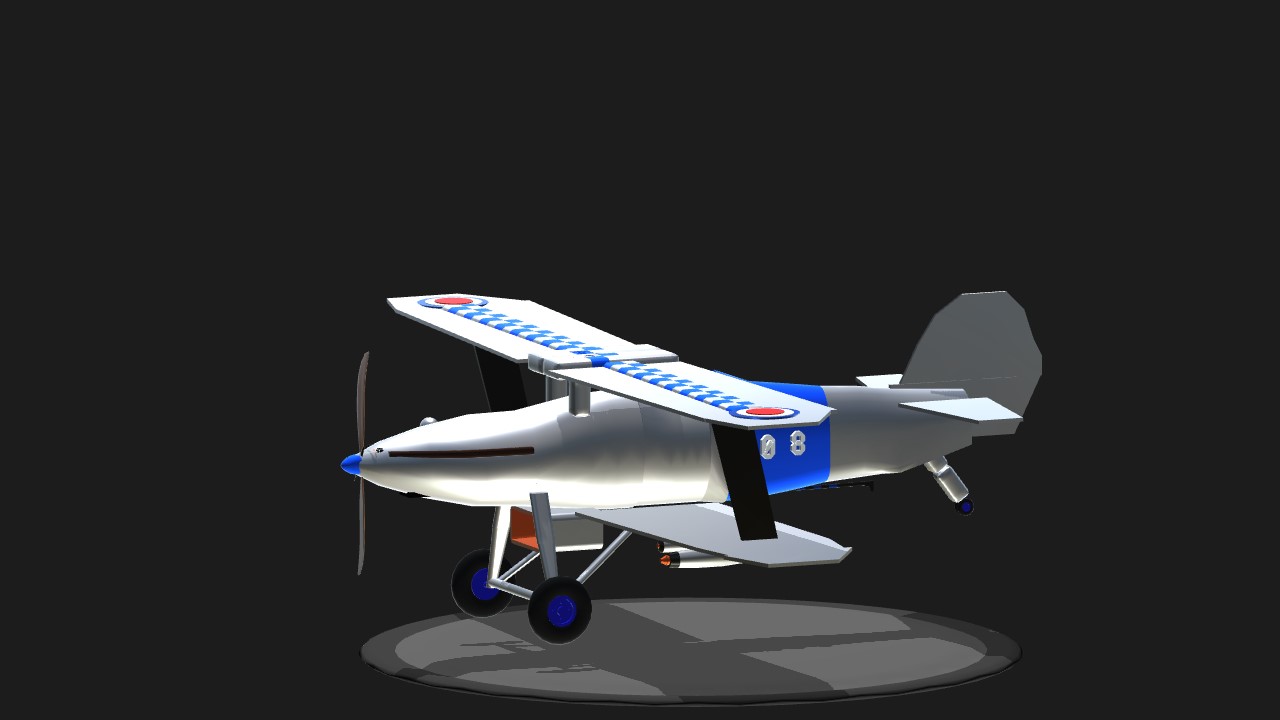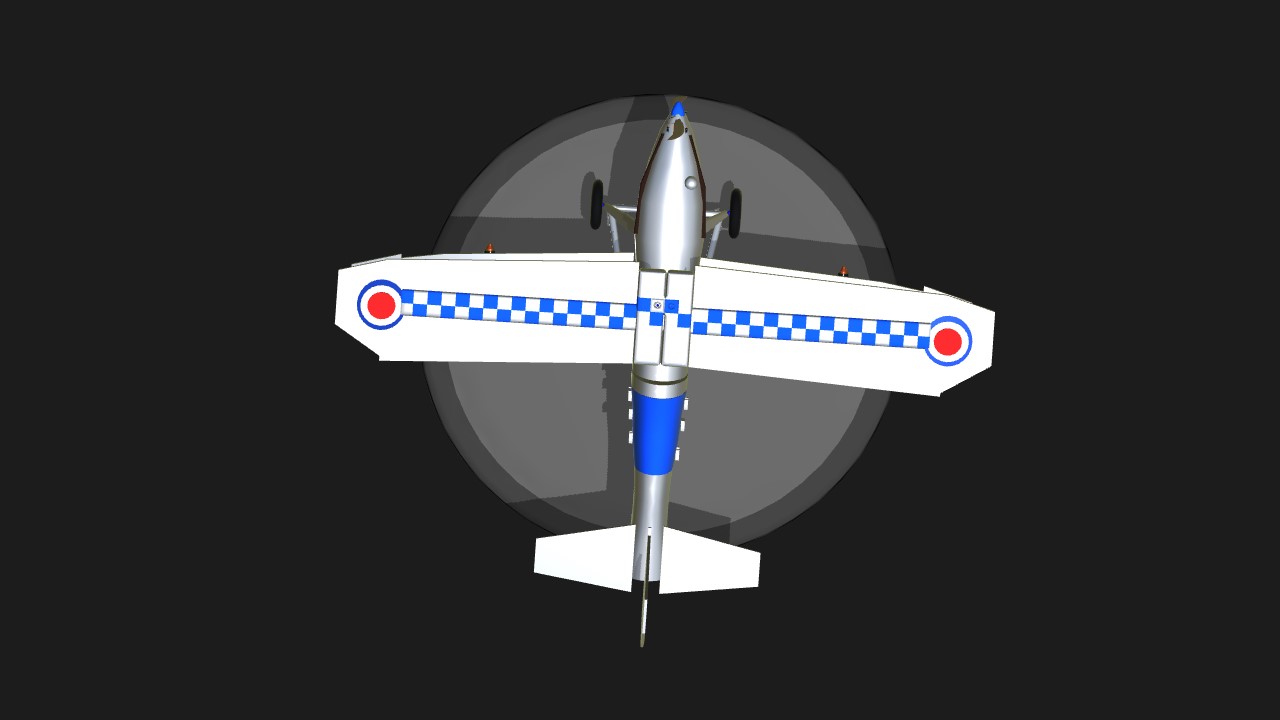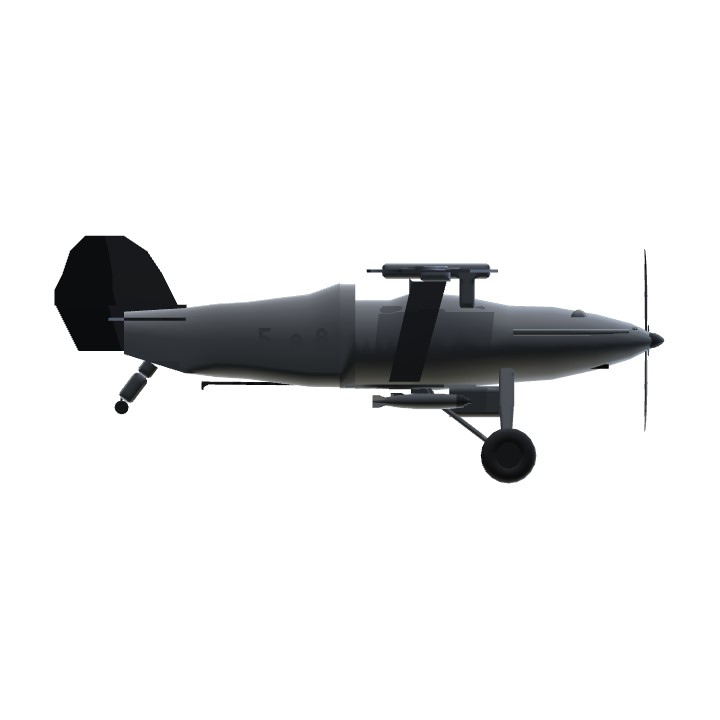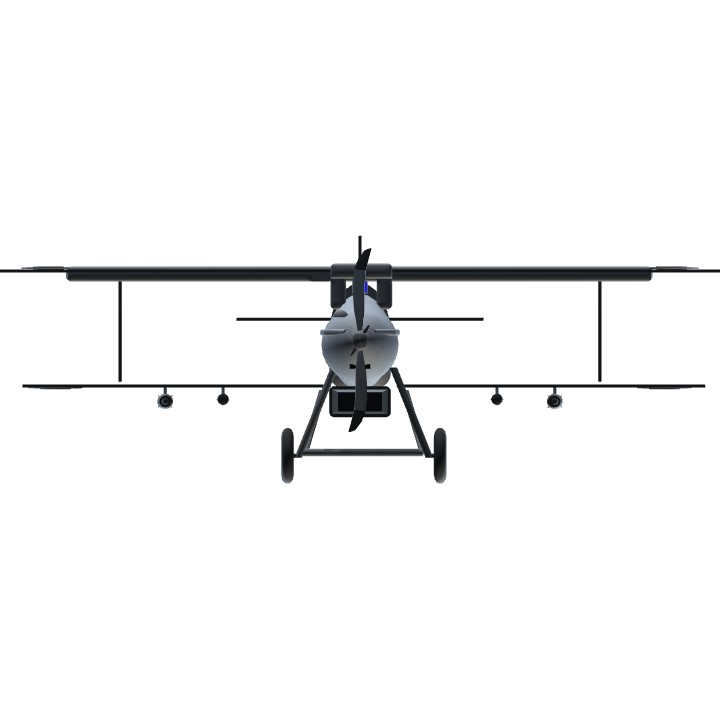The Hawker Nimrod was a British carrier-based single-engine, single-seat biplane fighter aircraft built in the early 1930s by Hawker Aircraft. -wikipedia
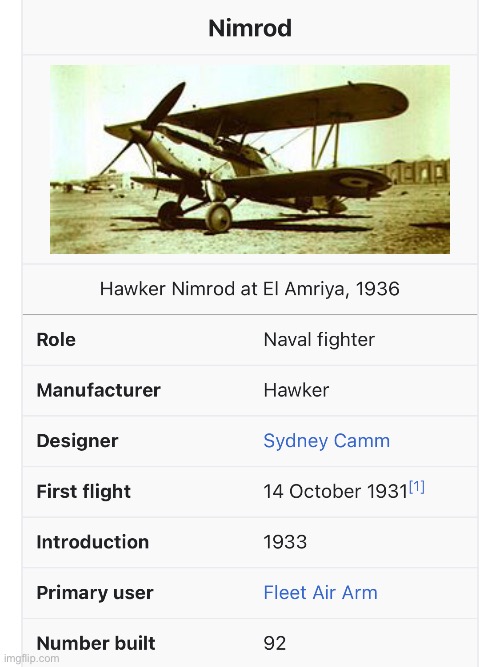
In 1926 the Air Ministry specification N.21/26 was intended to produce a successor to the Fairey Flycatcher, then in its fourth year of Naval service. By the time it was replaced by the Nimrod in 1932, the Flycatcher had become so obsolete in terms of its speed that RAF officers who flew it often joked that a sprightly fly might actually give the aircraft a run for its money. None of the aircraft designed to this specification were selected for production after trials in 1928, but the radial-engined Hawker Hoopoe, not actually designed to N.21/26, was considered promising enough to be further developed. Despite the Navy's traditional preference for radial engines, Hawker's designer Sydney Camm was convinced by his experience with the landplane Hawker Fury that the future for shipborne aircraft also lay with inline engines and began such a design, powered by a Rolls-Royce Kestrel. Before it was completed Air Ministry specification 16/30 was written around it. It flew under the initial name "Norn" early in 1930, received a production contract and was renamed Nimrod.[2]
The Nimrod had an overall similarity to the Fury: it was a single-seater biplane with an open cockpit, fixed undercarriage and guns firing through the propeller. Its unswept, constant chord, round-tipped wings had an unequal span and strong stagger, the latter partly to enhance the pilot's view. It was a single bay biplane braced with outward-leaning N-form interplane struts, with the upper plane held a little above the upper fuselage by cabane struts. The fabric-covered wings had metal spars and spruce ribs and carried balanced ailerons only on the upper wings.[2]
The Nimrod's fuselage was a Warren girder structure of tubular steel and aluminium, surrounded by stringers which defined its oval cross section. The Rolls-Royce F.9MS engine, later renamed the Kestrel IIMS was closely cowled in aluminium and the rest of the fuselage fabric covered. As with the Fury, the upper fuselage line was highest at the cockpit, placed between the trailing edges of the upper and lower planes. Its twin machine guns were mounted in the upper fuselage between pilot and engine, firing through the propeller using the standard interrupter gear. The tailplane was mounted on top of the fuselage and carried split horn balanced elevators; the vertical tail had Hawker's familiar curved shape, with a deep, wide chord, unbalanced rudder extending to the keel.[2]
The Nimrod had a conventional undercarriage of cross axle type on trailing struts, with compression legs almost at right angles to the fuselage and an aft tailskid. It could also operate as a floatplane on single-step, crossbraced floats mounted on N-form struts. With floats fitted, the maximum speed was reduced by 47 mph (76 km/h), or 25%. The Kestrel engine's bath type radiator was mounted on the lower fuselage between the undercarriage struts.[2]
After testing in 1930, the prototype went with HMS Eagle to Buenos Aires, flying there as part of the British Empire Trade Exhibition in March 1931. It returned to RAF Martlesham Heath for final testing. A production order for 35 was placed and the first of these flew on 31 October 1931. In the following year, another contract for a further 19 Nimrod Is was signed.[2] With a top speed of 193 mph (311 km/h) it was only marginally slower than its land-based counterpart, the Hawker Fury.
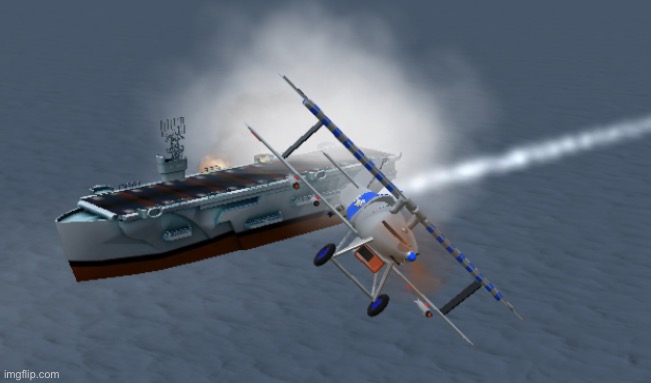
A headrest fairing was added retrospectively to the Nimrod Is, to ease pilot strain during catapult launches. Aircraft from the later production batch were fitted with arrestor hooks. Experiments with the first of this batch, refitted with swept upper and lower wings, lead to the Nimrod II. As well as the swept wings, this had at first an uprated Kestrel II engine. Later, these were replaced with Kestrel Vs. Later Nimrod IIs had a slight increase in rudder area to improve spin recovery of inverted, float-equipped aircraft. Originally it was intended that the Nimrod II should have corrosion-resistant stainless steel, but only three of these were built. The first of 27/33 Nimrod IIs was delivered in March 1933.[2]

Fact this plane is actually known as one of the best rank 1 planes in wAr thunder
Specifications
General Characteristics
- Created On iOS
- Wingspan 76.5ft (23.3m)
- Length 64.7ft (19.7m)
- Height 26.2ft (8.0m)
- Empty Weight 19,349lbs (8,776kg)
- Loaded Weight 44,448lbs (20,161kg)
Performance
- Power/Weight Ratio 0.202
- Horse Power/Weight Ratio 0.011
- Wing Loading 22.6lbs/ft2 (110.4kg/m2)
- Wing Area 1,965.8ft2 (182.6m2)
- Drag Points 21631
Parts
- Number of Parts 263
- Control Surfaces 13
- Performance Cost 814

